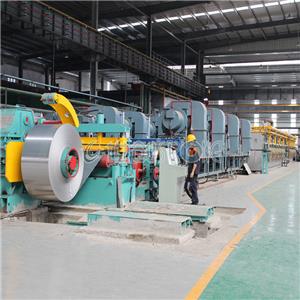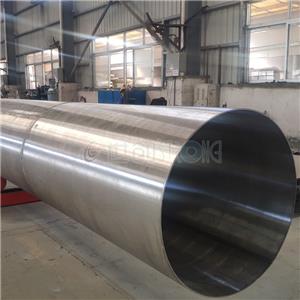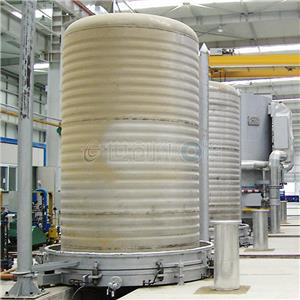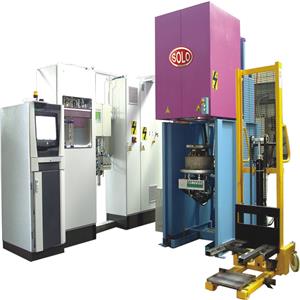- +
- Muffles for Furnaces
- Muffles For Horizontal Furnaces
- Muffles For Vertical Furnaces
- Muffles For Bell Furnaces
- Muffles For Carburizing Nitriding
- Muffles for conveyor furnaces
- Muffles For Ammonia Crackers
Several reasons on why to choose continuous annealing instead of mask annealing
Because the strip is cold rolled by the cold rolling mill at a high reduction rate, the structure is stretched and hardened, and further processing and manufacturing cannot be carried out. The material must be recrystallized and annealed to control the new growth of the appropriate structure and restore ductility. This is the purpose of annealing.
In order to prevent oxidation and improve the surface quality of the workpiece, it must be annealed in a protective atmosphere or in a vacuum, the so-called bright annealing. According to the form and operation method of the annealing furnace, it can be divided into a bell annealing process and a continuous annealing process.
(1) Bell type annealing
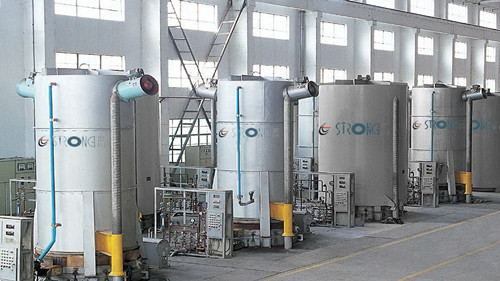
Annealing cold-rolled strips in a bell-type furnace in the form of stacks is called bell-type annealing. In the bell-type annealing process, in addition to loading and unloading the furnace, the steel coils are stacked in the furnace according to a certain number of coils in a tight coil mode, and placed statically, and are heated and cooled as the furnace temperature rises and falls. During the cover annealing, the steel coil has sufficient heating and soaking time to increase the grain growth and orientation crystallization. Through the slow cooling process, the excess solid solution carbon and nitrogen during soaking are analyzed to obtain a good material.
(2) Continuous annealing

The continuous annealing process is a process that integrates the cleaning, annealing, leveling, stretch-straightening and sub-coiling processes into a continuous production line, and continuously unwinds and anneals the strip to produce cold-rolled commercial coils.
The disadvantage is that the continuous strip is annealed after unfolding. The high-temperature strip is prone to pitting in contact with the furnace roll, and because it is annealed in motion, it is also prone to scratches. Pit defects on the surface of continuous annealing cold-rolled steel strip are usually caused by nodules on the furnace roll. For furnace roll nodules, improper dew point control and the atmosphere in the annealing furnace are The typical cause of furnace roll nodules.
The reasons for choosing continuous annealing over bell annealing:
(1) Continuous annealing in the state of strip steel can obtain products with uniform performance and smooth surface;
(2) Controlling the tension in the furnace can improve the strip shape and the strip flatness;
(3) There is no bonding and sand intrusion defects, the steel yield is high, and the leveling efficiency is high and the quality is good;
(4) The operation line completes cleaning, annealing, leveling, active surface inspection, oiling, recoiling or shearing at one time, which reduces repeated steel coil processing, reduces many resulting waste products, and improves the yield:
(5) The production process is simple and reasonable, and the management is convenient. The time to produce finished products, delivery, and stocking materials are also greatly reduced:
(6) The workshop has a compact layout, a small floor space, saves many auxiliary equipment, reduces equipment costs, greatly reduces labor quotas, and saves energy.
The two processes have their own advantages and disadvantages, as well as their own characteristics. In the selection, if you are more sensitive to pitting defects, you should choose mask annealing material, and if you are more sensitive to surface finish, choose continuous annealing material.

